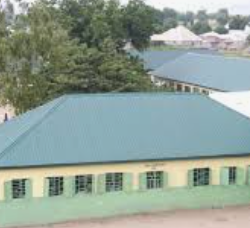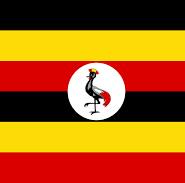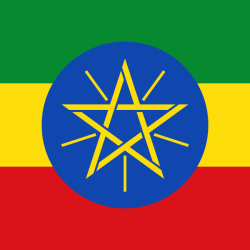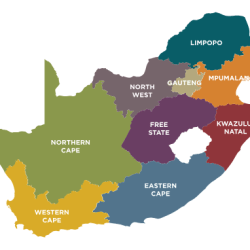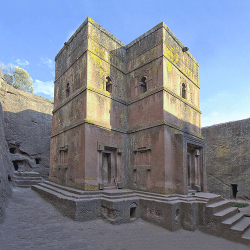Uganda districts and regions. Learn their population, geographic divisions, history, and governance structure in this detailed guide.
Uganda, often called the “Pearl of Africa,” is not only rich in natural beauty but also in cultural and administrative diversity. As of July 1, 2020, Uganda is divided into 135 districts plus the capital city of Kampala, grouped into four main regions: Central, Eastern, Northern, and Western. These divisions play a critical role in governance, resource allocation, and local identity. By 2025, Uganda’s districts continue to grow both in population and administrative importance.
Historical Background of Uganda’s Districts
Colonial Influence
During the colonial era, Uganda’s administrative setup was largely influenced by the British system. The main aim was control and taxation rather than equitable development, which left certain areas neglected.
Post-Independence Reforms
After independence in 1962, Uganda’s leadership sought to reorganize the districts to promote national unity and fairer governance.
Decentralization Since 2005
A key turning point came in 2005, when the government embarked on decentralization. Large districts were split into smaller ones to bring services closer to people, reduce inequality, and improve local governance.
Uganda’s District Structure
Uganda now has 135 districts and Kampala Capital City. Each district is further divided into counties, municipalities, and sub-counties. The elected leader at the district level is known as the Chairperson of the Local Council Five (LCV).
This tiered structure ensures that governance is people-centered, with local leaders directly responsible for their communities.
Uganda’s Four Major Regions
1. Central Region
The Central Region is Uganda’s political and economic hub. It includes the bustling capital city Kampala, the rapidly urbanizing Wakiso District, and key districts such as Mukono, Masaka, and Luweero.
- Population (2023 est.): ~12.7 million
- Land Area: ~40,400 km²
- Key Highlights: Kampala dominates as the commercial center, while Wakiso has experienced explosive population growth.
2. Eastern Region
The Eastern Region is known for its agricultural productivity, fertile soils, and trade routes. Major towns include Jinja, often referred to as the “Source of the Nile,” and Mbale, a cultural and commercial hub near Mount Elgon.
- Population (2023 est.): ~11.8 million
- Land Area: ~31,700 km²
- Key Highlights: Strong in sugarcane, rice, and coffee farming. Border districts like Busia and Tororo facilitate cross-border trade with Kenya.
3. Northern Region
The Northern Region has undergone major transformations after years of conflict in the late 20th century. Today, it is one of Uganda’s fastest-growing regions, with districts like Gulu, Lira, Arua, and Kitgum leading in recovery and development.
- Population (2023 est.): ~9.4 million
- Land Area: ~85,600 km²
- Key Highlights: Rich in livestock farming, cotton production, and cross-border trade with South Sudan and the Democratic Republic of Congo (DRC).
4. Western Region
The Western Region is characterized by its breathtaking landscapes, including national parks, crater lakes, and mountains. It is also an agricultural powerhouse with districts like Mbarara, Kasese, Hoima, and Kabale.
- Population (2023 est.): ~11.5 million
- Land Area: ~50,550 km²
- Key Highlights: Known for dairy farming, tea and coffee plantations, and oil exploration in the Albertine region.
Districts Created Since 2015
Between 2015 and 2020, Uganda created 23 new districts, including Kagadi, Kakumiro, Omoro, Rubanda, Namisindwa, Rukiga, and Terego. These new administrative units were carved out of larger parent districts to enhance service delivery.
Why Uganda Keeps Creating More Districts
The government’s policy of creating new districts is rooted in decentralization. The key reasons include:
- Bringing government services closer to the people
- Equitable distribution of resources
- Enhancing local democracy
- Creating new employment opportunities at district level
However, critics argue that the rapid creation of districts sometimes strains national resources and increases administrative costs.
Population Trends in Uganda’s Regions
| Region | Population (2014 Census) | Population (2023 est.) | Growth Rate |
|---|---|---|---|
| Central | 9.5 million | 12.7 million | High |
| Eastern | 9.0 million | 11.8 million | Moderate |
| Northern | 7.1 million | 9.4 million | Rapid |
| Western | 8.8 million | 11.5 million | Strong |
Governance at the District Level
Each district has a Local Government Council, headed by the LCV Chairperson. Below the district, counties and sub-counties elect leaders who oversee local development. This structure helps in aligning national policies with local needs.
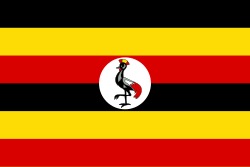
1. How many districts are in Uganda as of 2025?
Uganda has 135 districts plus Kampala Capital City, grouped into four regions.
2. What is the largest district in Uganda by area?
Nakaseke and Nakasongola are among the largest, covering over 3,400 km² each.
3. Which district has the highest population?
Wakiso District, with over 3.5 million people in 2023, is the most populated district.
4. Why does Uganda keep creating new districts?
To bring governance closer to the people, improve service delivery, and promote local development.



